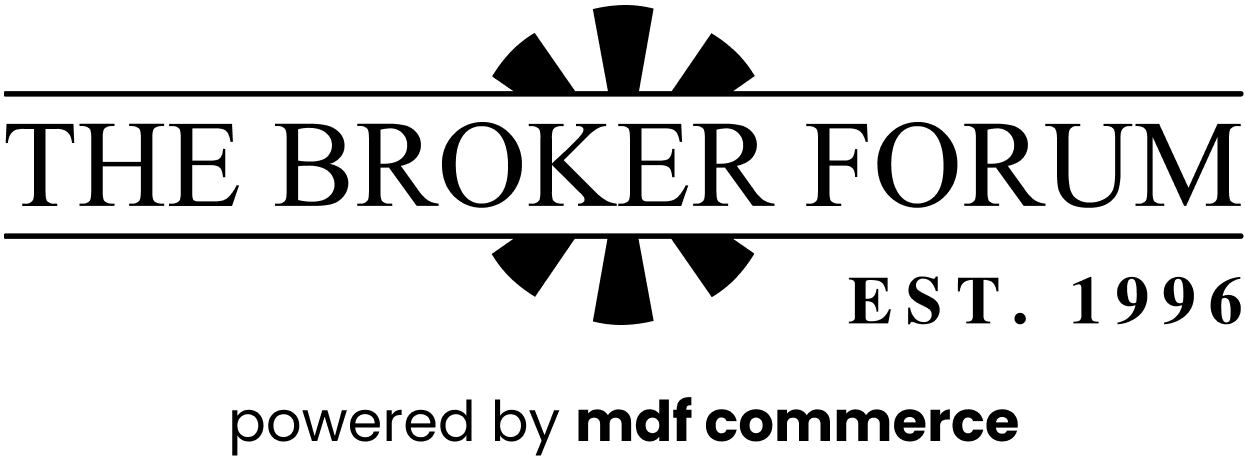Results for: STTC138
in Thyristors
Send an RFQ for this part NOW »
Select the line item to get a quote for part number STTC138 or refine your search within part number STTC138 part variation at the bottom of this page.
If you're not already a Broker Forum member, get your
free access to contact STTC138 vendors.
Thyristors
A thyristor is a solid-state semiconductor device with four layers of alternating N and P-type material. They act exclusively as bistable switches, conducting when their gate receives a current trigger, and continue to conduct while they are forward biased (that is, while the voltage across the device is not reversed). A three-lead thyristor is designed to control the larger current of its two leads by combining that current with the smaller current or voltage of its other lead - known as its control lead. In contrast, a two-lead thyristor is designed to 'switch on' if the potential difference between its leads is sufficiently large - a value representing its breakdown voltage. Some sources define silicon-controlled rectifiers and thyristors as synonymous. Other sources define thyristors as a larger set of devices with at least four layers of alternating N and P-type material. The first thyristor devices were released commercially in 1956. Because thyristors can control a relatively large amount of power and voltage with a small device, they find wide application in control of electric power, ranging from light dimmers and electric motor speed control to high-voltage direct current power transmission. Thyristors may be used in power-switching circuits, relay-replacement circuits, inverter circuits, oscillator circuits, level-detector circuits, chopper circuits, light-dimming circuits, low-cost timer circuits, logic circuits, speed-control circuits, phase-control circuits, etc. Originally thyristors relied only on current reversal to turn them off, making them difficult to apply for direct current; newer device types can be turned on and off through the control gate signal. A thyristor is not a proportional device like a transistor. In other words, a thyristor can only be fully on or off, while a transistor can lie in between on and off states. This makes a thyristor unsuitable as an analog amplifier, but useful as a switch.
Transistor > Thyristors > FET Transistors > MOSFET
Part No. Variations
- STTC007
- STTC017
- STTC025
- STTC026
- STTC036
- STTC038
- STTC040
- STTC045
- STTC099
- STTC101P
- STTC105
- STTC111
- STTC113
- STTC114
- STTC117
- STTC122
- STTC125
- STTC125P
- STTC126
- STTC133
- STTC136
- STTC136P
- STTC137
- STTC137P
- STTC138
- STTC138P
- STTC140
- STTC142
- STTC143
- STTC144
- STTC145
- STTC145P
- STTC146
- STTC147
- STTC147P
- STTC165
- STTC190
- STTC198
- STTC199
- STTC517
- STTC525
- STTC526
- STTC536
- STTC537
- STTC807
- STTC817
- STTC822
- STTC825
- STTC826
- STTC836
- STTC837
- STTC837P
- STTC838
- STTC840
- STTC842
- STTC844LL
- STTC847P

